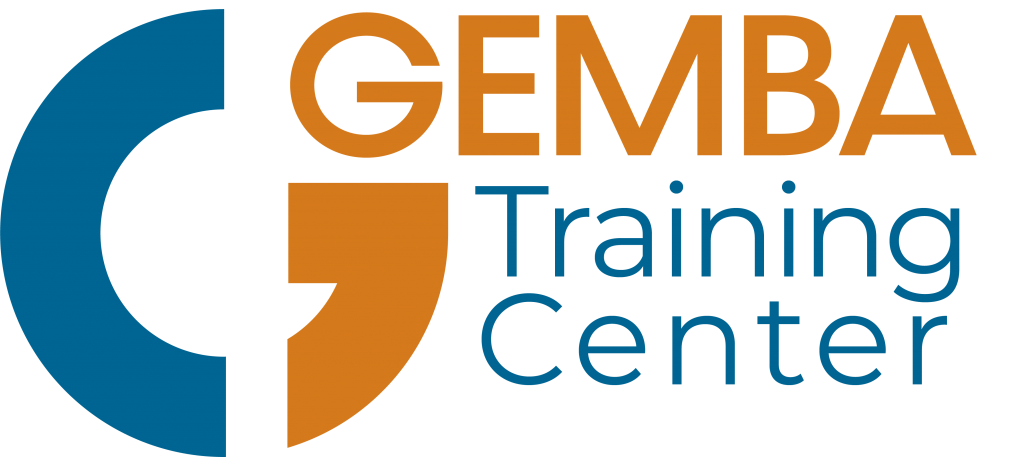Overview – Lean Leadership
Lean Manufacturing is an approach that aims to eliminate losses, which can be applied in all processes (Production, health, bureaucracy). It took its place in the sector as a thought system consisting of 5 basic principles and 3 basic values with “The Machine That Changing The World”, written by James P. Womack and Daniel Jones in 1996. “Lean Factory”, which was pronounced without a name in the book, was “Toyota Motor Company”, which outperformed its American and European competitors in terms of cost, quality, productivity, and on time delivery. Therefore, the Lean Manufacturing System was also referred to the literature as the Toyota Production System (TPS).
The development of leadership competencies of managers is essential to adopt the lean approach to the teams. Although all lean tools are used with teamwork, they need leaders for both transformation and continuity.
Content
- Lean thinking history
- Lean organization
- Coaching and coaching approach
- Lean leadership models
- Roles and responsibilities of lean leaders
- Standart work
- VAA/NVAA, 7 Muda
- JIT, Pull Systems
- Kanban, supplier kanban
- VSM
- Visual Management, 5S
- Kaizen
- OJT (On-job-training)
- Teamwork and motivation models
Certification
Participants who are successful in the exams and assignments to be made during the program are entitled to receive the “Achievement Certificate of Lean Leadership”. Participants participating in the training are also entitled to receive an “Attendance Certificate of Lean Leadership”.
